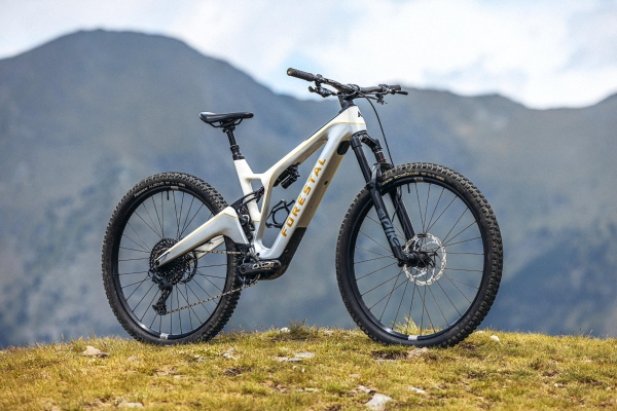Choosing between an electric mountain bike from https://lacrosebike.com/products/cyclone and a traditional rig comes down to how you like to ride, where you ride, and what kind of experience you want on the trail. Both styles deliver adventure, just with different flavors. Here is a clear, rider focused guide to help you decide.
Why riders pick electric
Electric assist turns long fire road grinds into quick links between the fun parts. On punchy climbs, a gentle boost keeps momentum so you can focus on line choice rather than survival breathing. That same assist lets riders with different fitness levels stay together, which can make group rides more relaxed and social. If you are short on time, the assist helps you pack more descents into a short session. Riders who use a bike for errands or commuting also appreciate arriving fresher and tackling hills with less sweat.
Modern electric mountain bikes still feel like bikes. You pedal, shift, and handle the trail as usual. The added weight lowers the center of mass, which can improve stability in rough sections. Many riders find the extra planted feel confidence inspiring on loose or chattery terrain.
Why riders stick with traditional
Traditional mountain bikes are simple, light, and responsive. They reward smooth technique and body movement, and they keep maintenance straightforward. Without a motor and battery, there is less to charge, update, or troubleshoot. Hike a bike sections are easier, roof rack lifting is easier, and a light rig can feel snappier in tight, playful terrain. Many riders also love the pure, quiet rhythm of earning every meter under their own power.
Trail access can be simpler as well. While access for pedal assist bikes is expanding, some regions limit where they can go. A traditional bike rarely raises policy questions and may be the safest choice if your local rules are strict or unclear.
What to consider before you choose
Your trails and terrain. Steep, sustained climbs and big elevation days favor electric assist. Rolling singletrack and playful bike park lines often feel great on a lighter traditional setup.
Fitness and goals. If your goal is training load and minimal tech, a traditional bike shines. If your goal is more laps, exploring farther, or riding with faster friends without burning out, electric can be a game changer.
Maintenance and storage. Traditional bikes ask for routine care you may already know. Electric bikes add charging habits, software updates, and a closer eye on wear parts due to higher average speeds and mass. Secure storage and charging space matter, especially in small homes.
Access and etiquette. Check local rules and ride with care. Yield early, manage speed, and use eco assist on crowded trails to keep harmony with other users.
The bottom line
If you crave more laps, want to link bigger routes, or need help smoothing steep climbs, an electric mountain bike delivers a huge grin factor. If you value simplicity, featherweight feel, and classic trail rhythm, a traditional bike remains a timeless choice. Either way, pick the bike that makes you excited to roll out the door. Joy per ride is the best upgrade of all.





